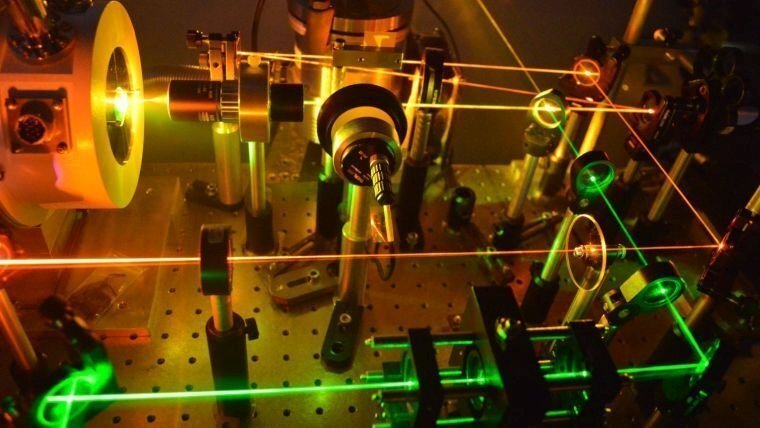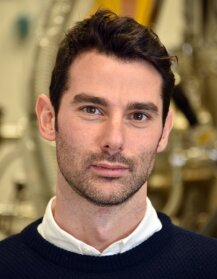
In the first funding period, the project B5 focused on the nonlinear optical response of layered structures, looking in particular at the efficiency and dynamics of charge transfer processes and exciton-exciton annihilation in semiconducting 2D materials (transition metal dichalcogenides, TMDs) when combined together to form type II heterostructures and in (potassium) doped TMDs and graphene/TMDs layered heterostructures. In the second funding phase, we will build on the acquired knowledge and continue this successful research but will expand it to explore the nonlinear optical response of hybrid 0D-1D-2D nanoscale systems, with a particular emphasis on the nonlinear process of lasing. First, we will investigate the different mechanisms of charge and energy transfer in multidimensional hybrid structures composed of 0D (rylene chromophores), 1D (semiconducting nanowires, NWs) and 2D materials. We will fabricate on-demand hybrid systems displaying both type I and type II band alignment, either in direct contact or separated by few-nm of a dielectric spacer (hexagonal Boron Nitride, hBN). This will allow us to gain a deeper understanding on all the possible mutual interactions between the investigated nanoscale systems. Stemming from this, we will design and realize electrical and all-optical tuning of the lasing properties of semiconducting NWs and of 0D-1D-2D hybrid nanoscale structures thanks to the synergy between two complementary approaches from chemistry and physics. On the one hand, we will use chemical functionalization with dyes (rylenes chromophores) specifically designed to act either as electron acceptors or donors and with tunable bandgap (HOMO – LUMO) to modulate both the steady-state and the photo-induced electron density (doping) in semiconducting NWs. With this, we aim to achieve all-optical active (via charge transfer) and passive (via saturable absorption) tuning of the lasing properties of semiconducting NWs. On the other hand, solid state physics offers another powerful knob to modulate the electron transfer at interfaces in nanoscale hybrid heterostructures. We will engineer the band alignment at the interface between NWs and 2D materials to achieve efficient charge and/or energy transfer, and we will use electro-static doping of the 2D materials in a field-effect transistor (FET) configuration for active electrical tuning of the NW lasing properties (lasing threshold and emission wavelength).

